This is my understanding of the situation. Please correct me if I'm wrong, but the math seems pretty clear. I know I'm not the first to state this, but I feel like this issue has largely been hand waved away with the store of value narrative, and with El Salvador attempting to use it as a currency it may be a rude awakening to the major flaws with the network.
The Bitcoin network can support about 7 transactions per second.
7tps x 60s x 60min x 24hrs = 604,800 transactions per day. The population of El Salvador is about 7,000,000. This means that if the entire population is using bitcoin there is only enough bandwidth to support 2 transactions per person per month. This assumes only a tiny country like El Salvador is using bitcoin. This is not feasible whatsoever for just El Salvador, let alone the world.
The Lightning Network does not solve this problem, as it still requires main chain transactions for every user, it's just less of them. Onramp, offramp, and channel liquidity adjustments are all going to be required on a semi regular basis.
The only solution to this is majority adoption of custodial solutions, which is the antithesis of bitcoin. This will lead to the exact same problems our current financial system has, minus inflation risk.
I personally hand waved these issues away, as I always told myself that bitcoin didn't need to function as a currency, it's a store of value. But even a store of value requires a minimum bandwidth to function as a global reserve, and now with a country adopting it as a currency we are going to potentially be slapped in the face with the bandwidth issue.
I also assumed that despite the opinions of Bitcoin Maximalists, the network would need to upgrade to support magnitudes higher TPS. However, I assumed that adoption would be slow enough to have a long form debate to convince people that this is necessary. Is it already a necessity to upgrade to support the sudden adoption as a currency by a country? Will the community be able to debate this issue, come to the conclusion we need to upgrade, and perform the upgrades in time to support adoption by El Salvador?
If none of this happens I fear one of two outcomes.
One, El Salvador adopts mainly custodial solutions, which will probably be abused and may actually harm the citizens rather than help them (surveillance, fees, confiscation, censorship, fractional reserves, transparancy issues).
Two, the country attempts self custody options, quickly overloads the network to volumes where fees and transaction times are completely unacceptable, proving the network cannot support this level of activity, and causing massive FUD and massive damage to El Salvador if they have had substantial adoption.
Can anyone provide a strong argument for why we shouldn't be concerned about bitcoins extremely limited bandwidth on the eve of real adoption?
Edit: Most of you are far too emotional. This type of post should not trigger you to the extent it has. And if you were confident in how bitcoin and lightning function you wouldn't need to devolve to insults, FUD posts, and generally very misleading BS. I'm no expert on LN, but from the looks of things almost everyone in this comment section is similarly retarded but claims they are an expert.
From reading all of the comments, there are two ideas that assuage my fears, and I am fairly confident that we do not need to be overly concerned about the issues I raised.
1) One of the core premises of my argument is it assumes that El Salvador will experience rapid adoption of self custodied LN wallets. However, this is probably false because adoption rates will realistically be very slow, and not the sudden increase in users I propose above, but also that most people will probably be using custodial solutions just like the majority of current users are. The vast majority of people who own crypto do not manage their own keys and open their own wallet, so a lot of the traffic will not happen on chain or on LN, but on centralized ledgers.
2) Another user posted a research paper that proposes an upgrade to LN that allows onboarding multiple users at once to LN through Channel Factories. Instead of a single L1 transaction being used to onboard a single user to LN, potentially 2000 users could be onboarded to LN with a single L1 transaction with Channel Factories.
https://eprint.iacr.org/2018/918.pdf
It does not appear that this method of batching transactions onto LN has been implemented yet, but it sounds like it will be when the network gets congested enough that it is necessary.
By the way, this same paper came to the exact same conclusion that I did, that the main chain even with LN in its current state cannot handle anywhere close to the population of the whole world, which is the reason that Channel Factories will most likely be necessary in the future. To all those people in the comments informing me I'm a moron, you may want to check your expertise.
"Recently the idea of payment channels has been further improved by the use of intermediate nodes that can also route payments, creating a network of payment channels, such as Lightning Network [14]. However, as pointed out by Poon et al. [14], the Lightning Network does not scale well enough. Even under the very generous assumption that each user only publishes 3 transactions per year (to open and/or close channels), the network scales to only 35 million users, far from covering the world’s population. For this reason, Burchert et al. [5] propose Channel Factories. Channel factories allow for various users to simultaneously open independent channels in one single transaction, reducing drastically the number of blockchain hits required."
[link] [comments]

You can get bonuses upto $100 FREE BONUS when you:
💰 Install these recommended apps:
💲 SocialGood - 100% Crypto Back on Everyday Shopping
💲 xPortal - The DeFi For The Next Billion
💲 CryptoTab Browser - Lightweight, fast, and ready to mine!
💰 Register on these recommended exchanges:
🟡 Binance🟡 Bitfinex🟡 Bitmart🟡 Bittrex🟡 Bitget
🟡 CoinEx🟡 Crypto.com🟡 Gate.io🟡 Huobi🟡 Kucoin.
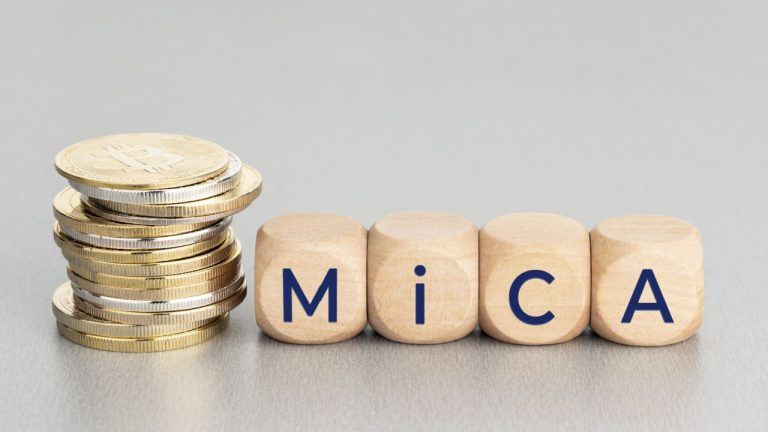




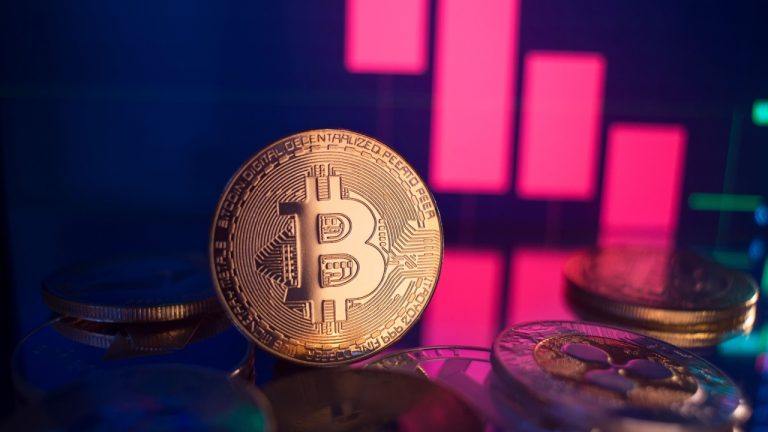

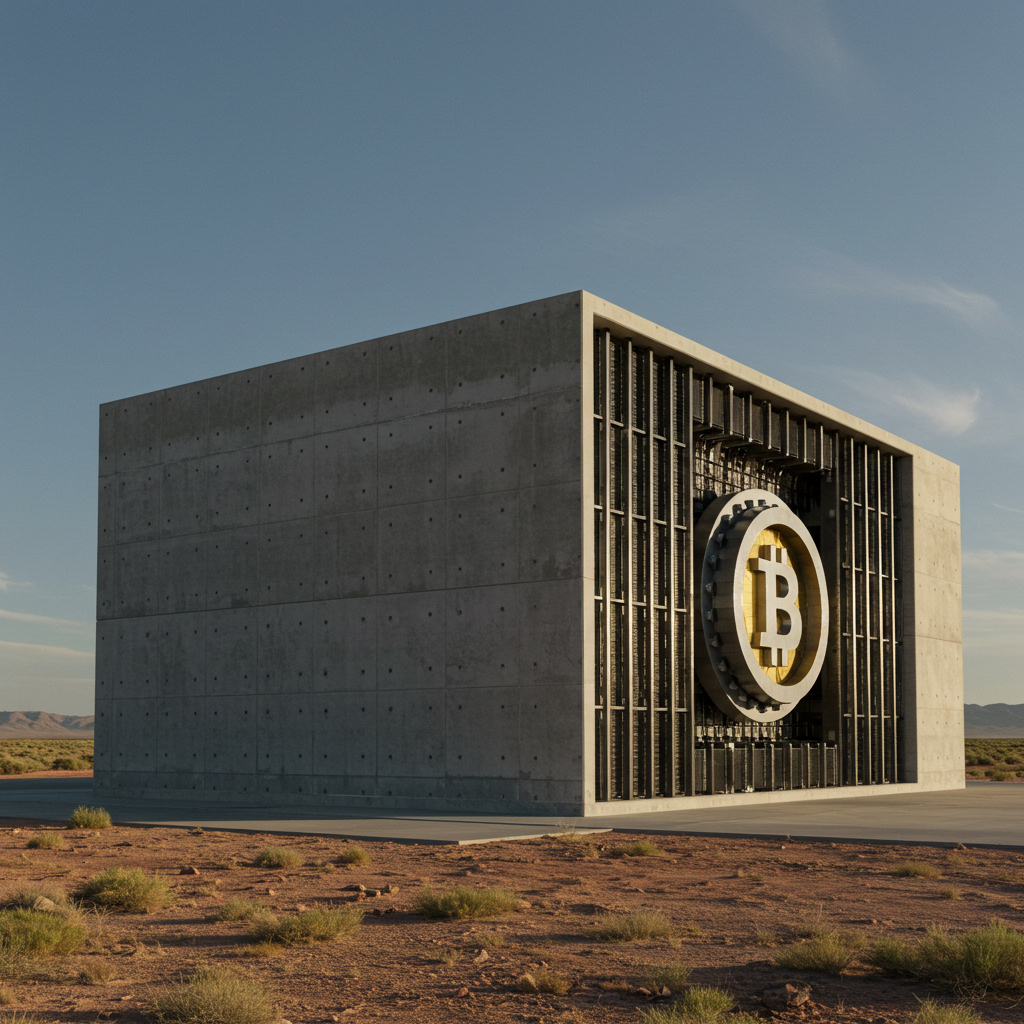



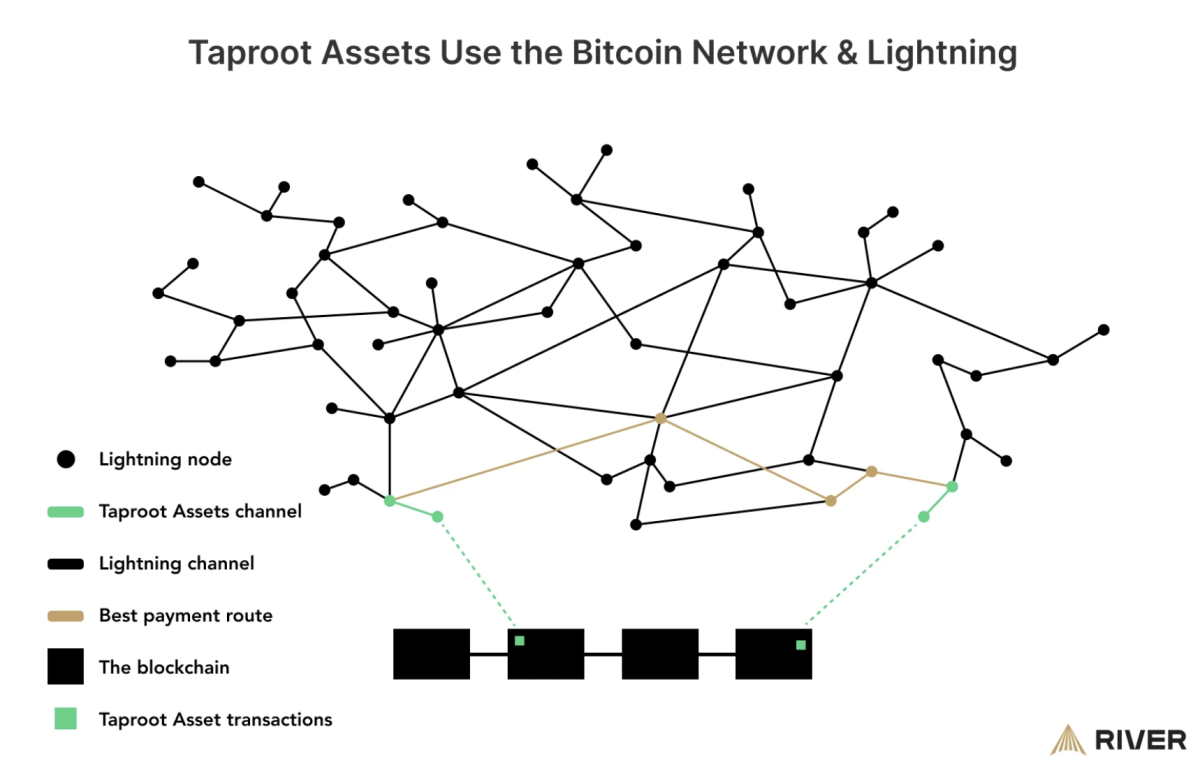



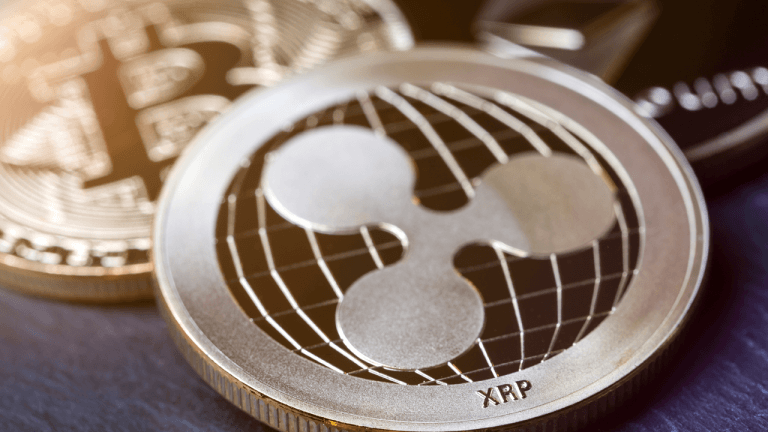


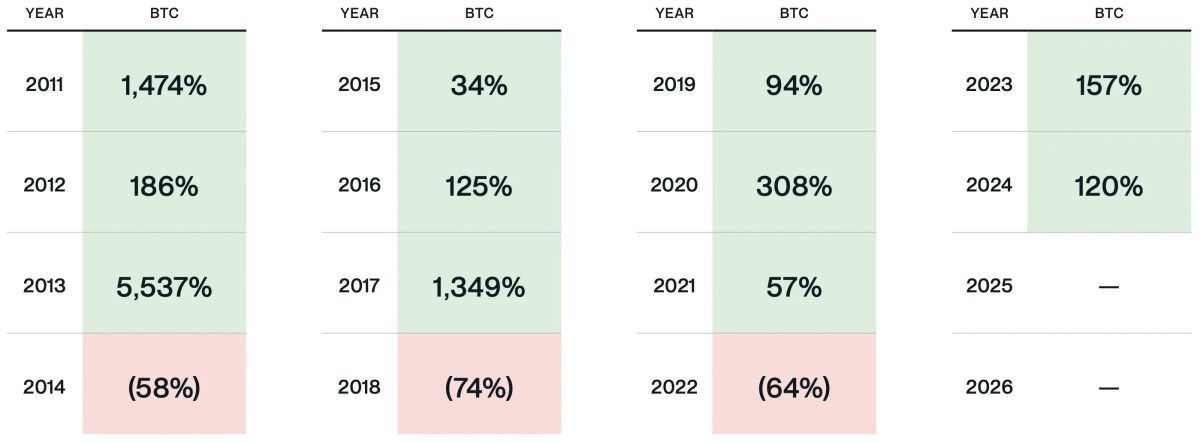

Comments